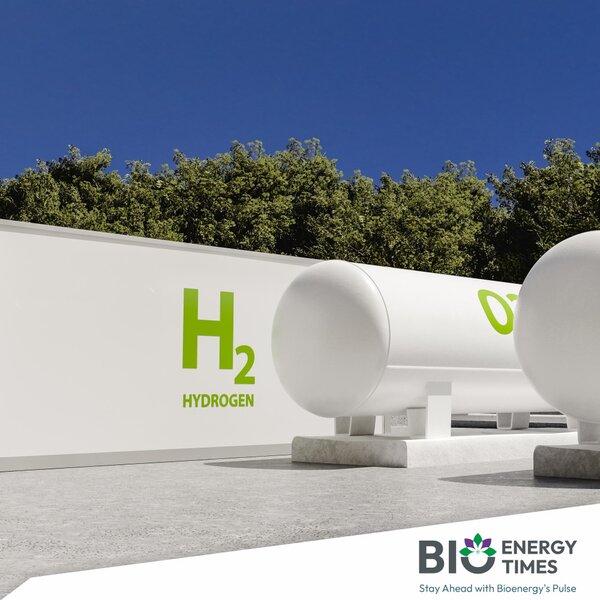India is preparing to host the second edition of the International Conference on Green Hydrogen from September 11-13 at the Bharat Mandapam. A curtain-raiser ceremony was held on Wednesday, where Minister for New and Renewable Energy, Pralhad Joshi, emphasized the importance of the conference in advancing India’s green hydrogen sector.
“We are dedicated to establishing India as a global leader in this vital field,” said the minister. “This conference signals India’s ambitions to lead in clean energy and demonstrate its growing influence in the green hydrogen sector.”
Through the National Green Hydrogen Mission launched last year, India aims to become a central hub for green hydrogen and its derivatives. The conference will serve as a platform for showcasing products, services, and technologies to an international audience.
“With 2,000 registrations already completed, we anticipate over 6,000 attendees from both national and international scientists, as well as more than 120 exhibitors,” the minister added.
Since the first conference, the Indian green hydrogen mission has made substantial progress, including awarding 3,000 MW in electrolyzer manufacturing capacity, facilitating the production of 412,000 tonnes of green hydrogen annually, issuing tenders for 450,000 tonnes of green hydrogen capacity, and 739,000 tonnes of green ammonia production per year.
The mission targets establishing 5 million tonnes of annual green hydrogen production capacity by 2030, marking a significant step towards India’s hydrogen economy goals.
India currently meets a substantial portion of its energy needs with fossil fuels, and green hydrogen, along with other renewable energy sources, is seen as a key to reducing reliance on traditional power sources. Green energy is a global focus for climate mitigation.
At COP26 in 2021, India made a five-part “Panchamrit” pledge, which includes reaching 500 GW of non-fossil electricity capacity, generating half of all energy requirements from renewables, reducing emissions by 1 billion tonnes by 2030, cutting emissions intensity of GDP by 45 percent, and achieving net-zero emissions by 2070.














